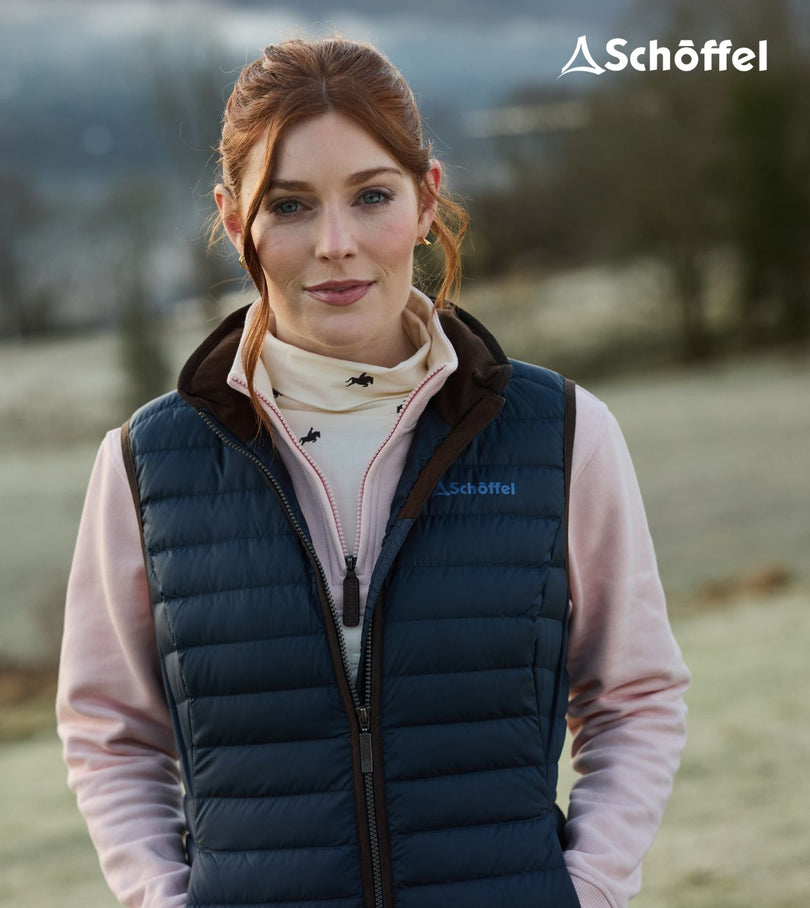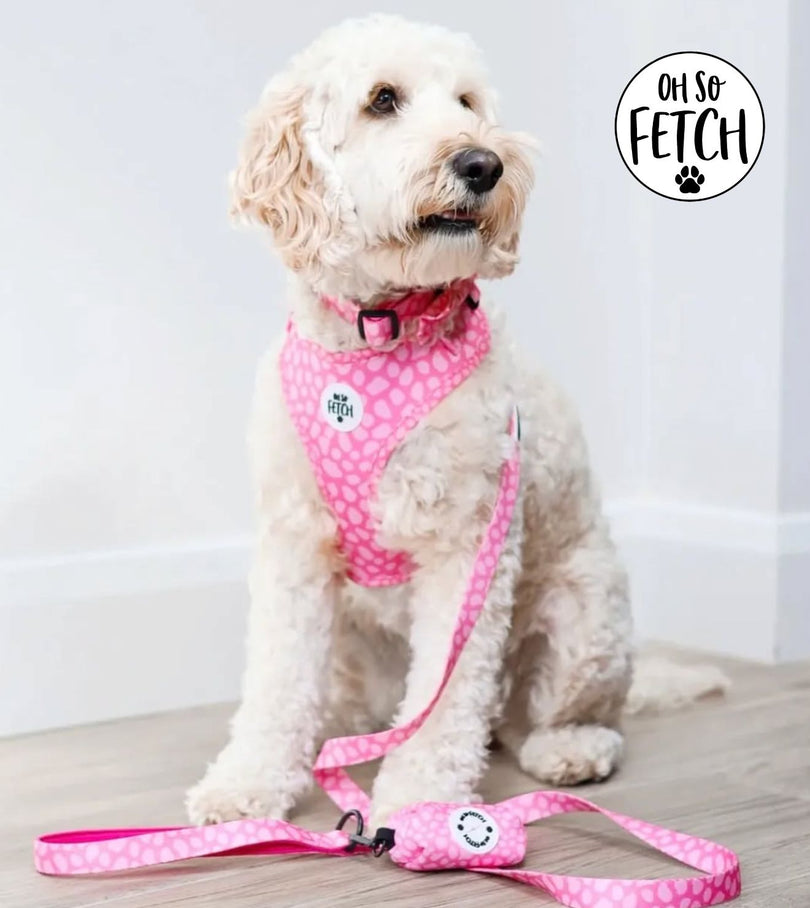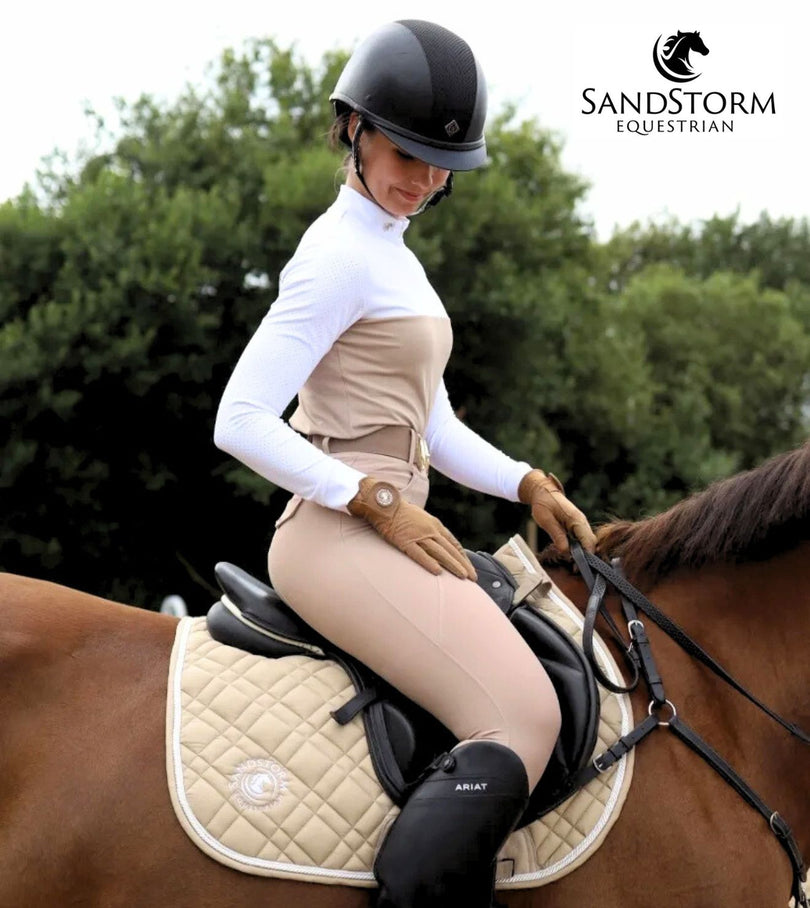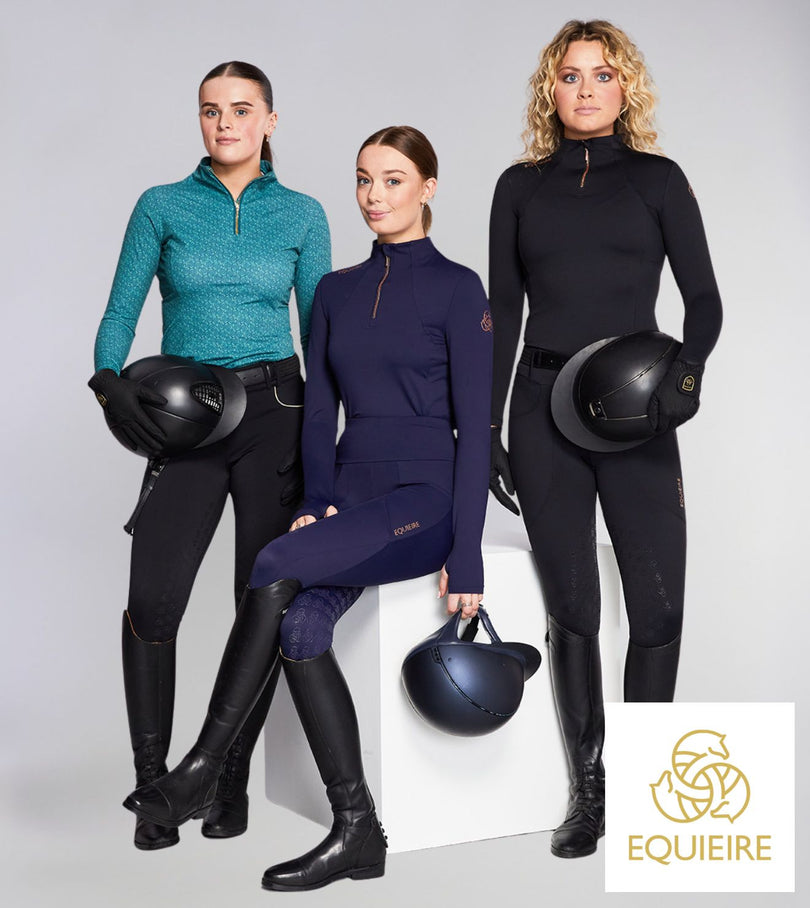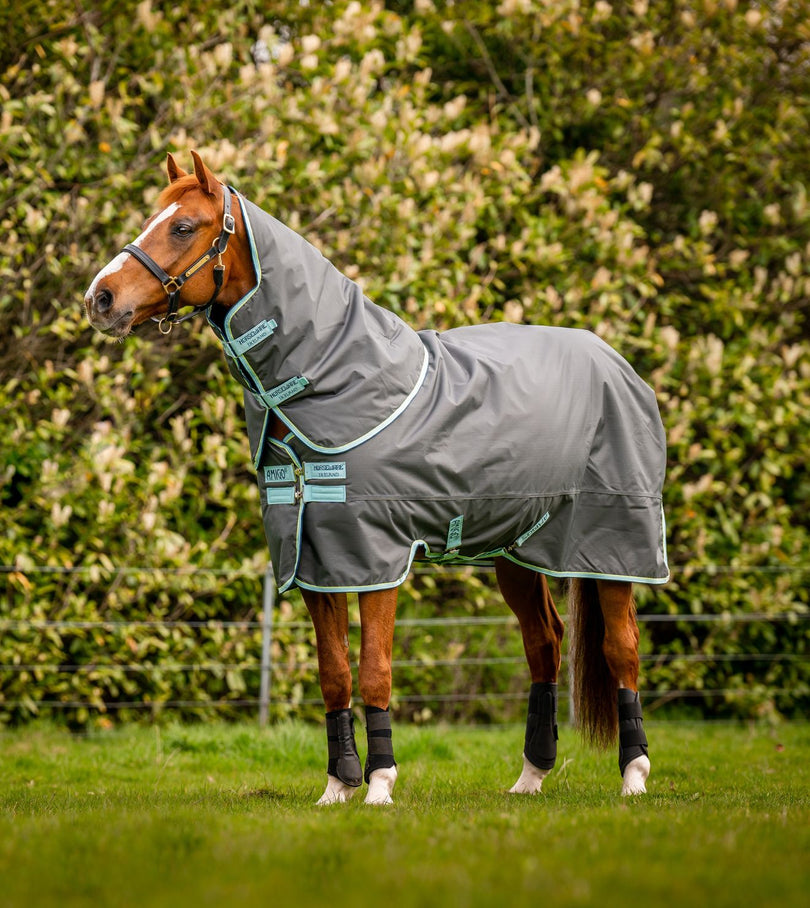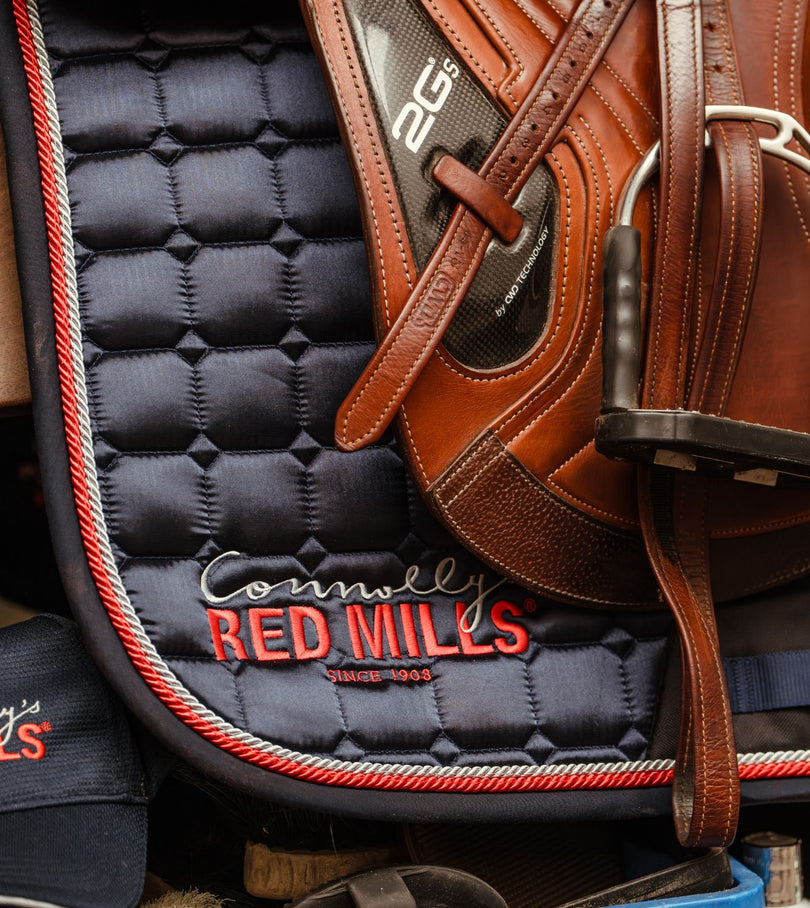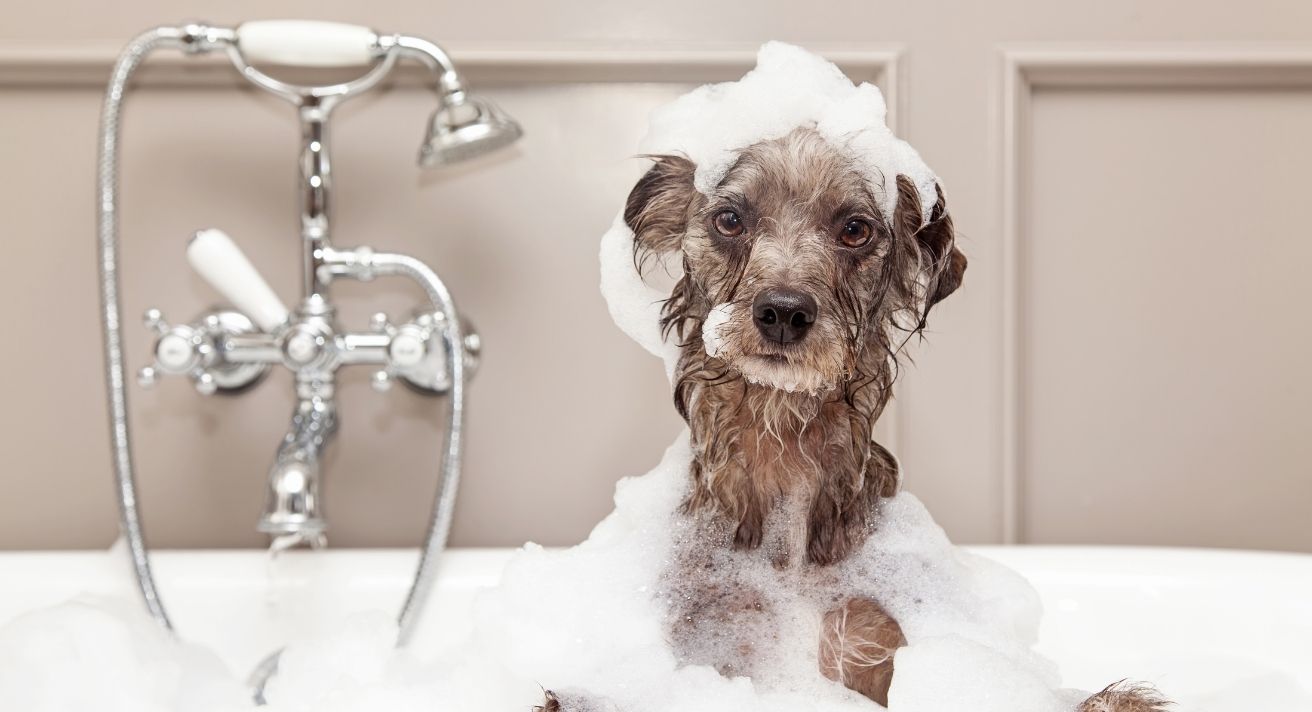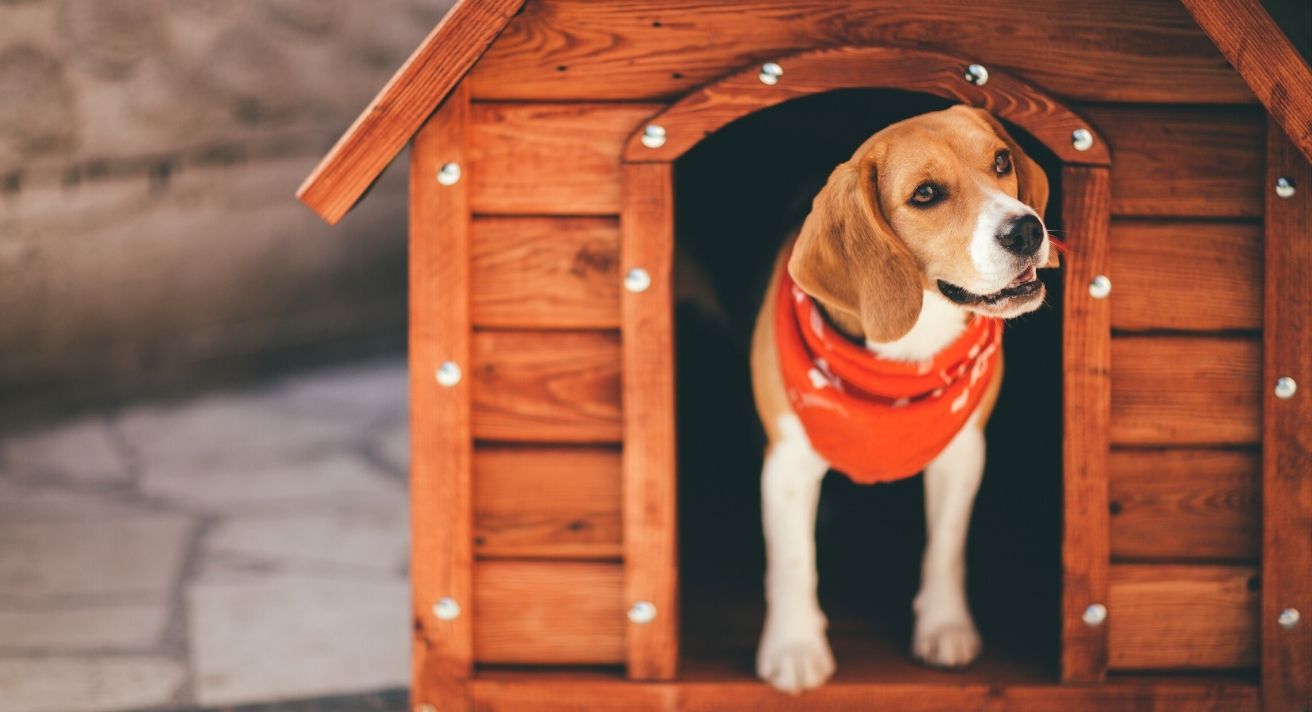Blog by Irene Hislop
The pandemic pups aren’t little balls of fluffy fur anymore. Many of them are now in their teen rebel stage, which can make their daily walk challenging. As tiny puppies, they might have happily trotted beside you, eager to please. And now? Well. They’re teenagers. They are testing the limits. It can look like they have completely forgotten everything you’ve taught them. Rest assured they haven’t. They just need some serious reminders and firm rules. (Not unlike human teenagers!) When your dog hits this stage, it is time to revisit their walking gear. A very common questions owners have is whether it is best to walk the dog in a harness or just a collar and lead.
Should Dogs Wear Collars for Walks?
The dog collar has been a staple for generations. It’s the ideal way for your dog to wear an ID tag, and now you can get collars in any colour. Different types of collars suit different dogs. Sighthounds such as greyhounds, whippets, Afghan hounds and lurchers have narrow heads and can easily slip out of most collars; they need a special martingale collar. Rolled collars are good for longhair breeds as they don’t tangle their fur.
Although collars are a wardrobe essential for your dog, they aren’t necessarily the best place to attach the lead for walks. If your dog pulls, a collar can damage their larynx or thyroid. They can be particularly hazardous for flat-faced breed such as boxers that are prone to breathing problems.
A collar makes it easy for your dog to pull. When a dog behaves badly on walks, pulling and straining while ignoring your commands, it is tempting to get a corrective collar such as a choke chain. Resist that temptation. While they can help train some dogs, they are dangerous. There are better options to stop a dog from pulling – but no shortcuts.
Are Harnesses Better for Walking Dogs?
A correctly fitted harness is excellent for walking most dogs. The tricky part is getting one that fits correctly! Measure your dog before you go shopping, and check into which brands are recommended for your dog’s breed. Sighthounds can be especially tricky to fit because they are so narrow, and some very small dogs can also be difficult. Look for a pet shop that will let you bring your dog and try on harnesses.
The biggest issue with harnesses is the risk of a dog slipping out. A correct fit is essential to prevent this. The walking harness should be snug but not tight. You should be able to fit a couple of fingers between the dog and the harness. A good dog harness is also adjustable so you can make it fit comfortably over your dog’s coat or jumper in winter.
Your dog might resist the harness at first. A little bribery goes a long way here. Offer a small treat and take them for a walk, and soon your dog will associate putting on the harness with good things.
The goal when walking your dog is to be able to stroll along with the lead slack. No collar or harness will make that happen. It takes consistent training and practice. The goal of the dog harness or collar is to ensure that you have control over your pet in a way that doesn’t cause them any pain.
Check our collection of Dog Harnesses, Collars and Leads.

